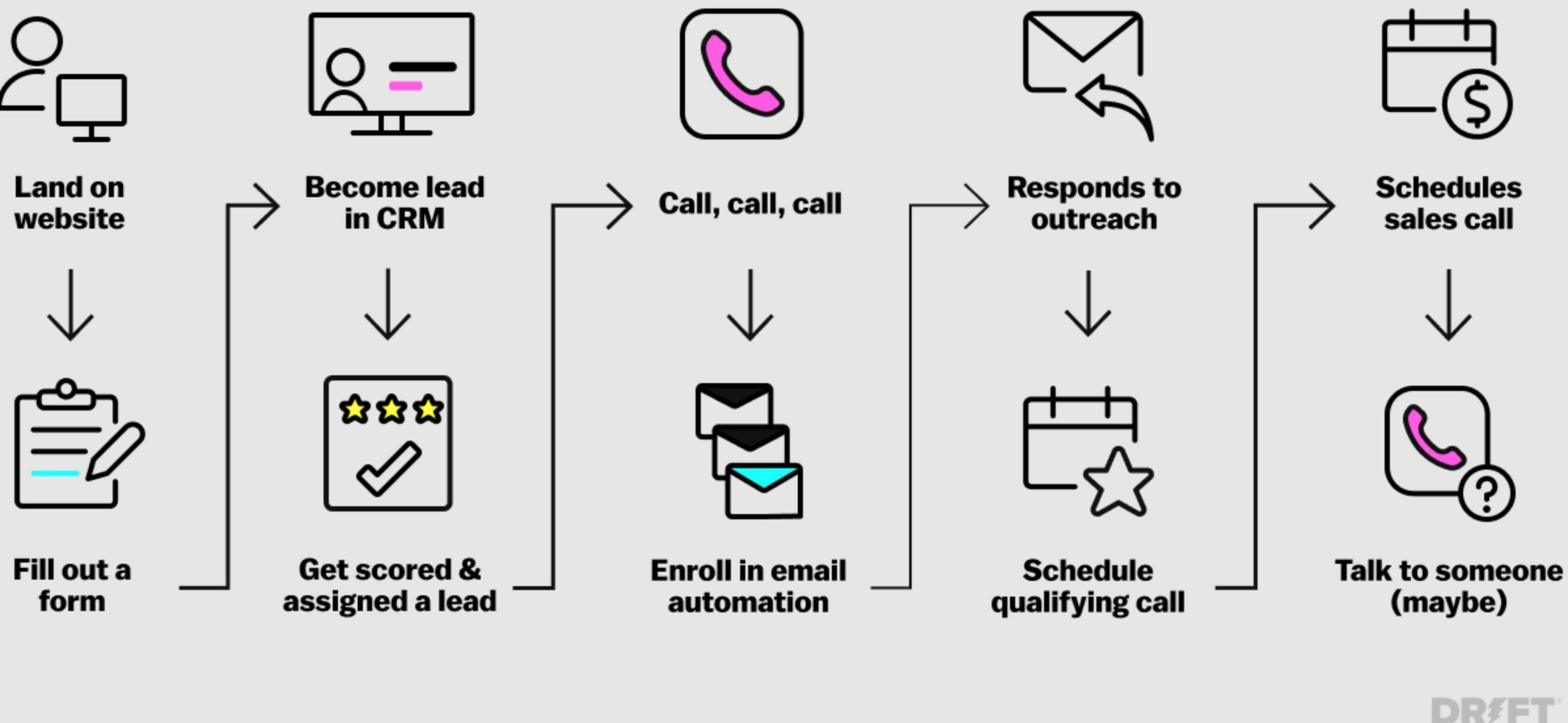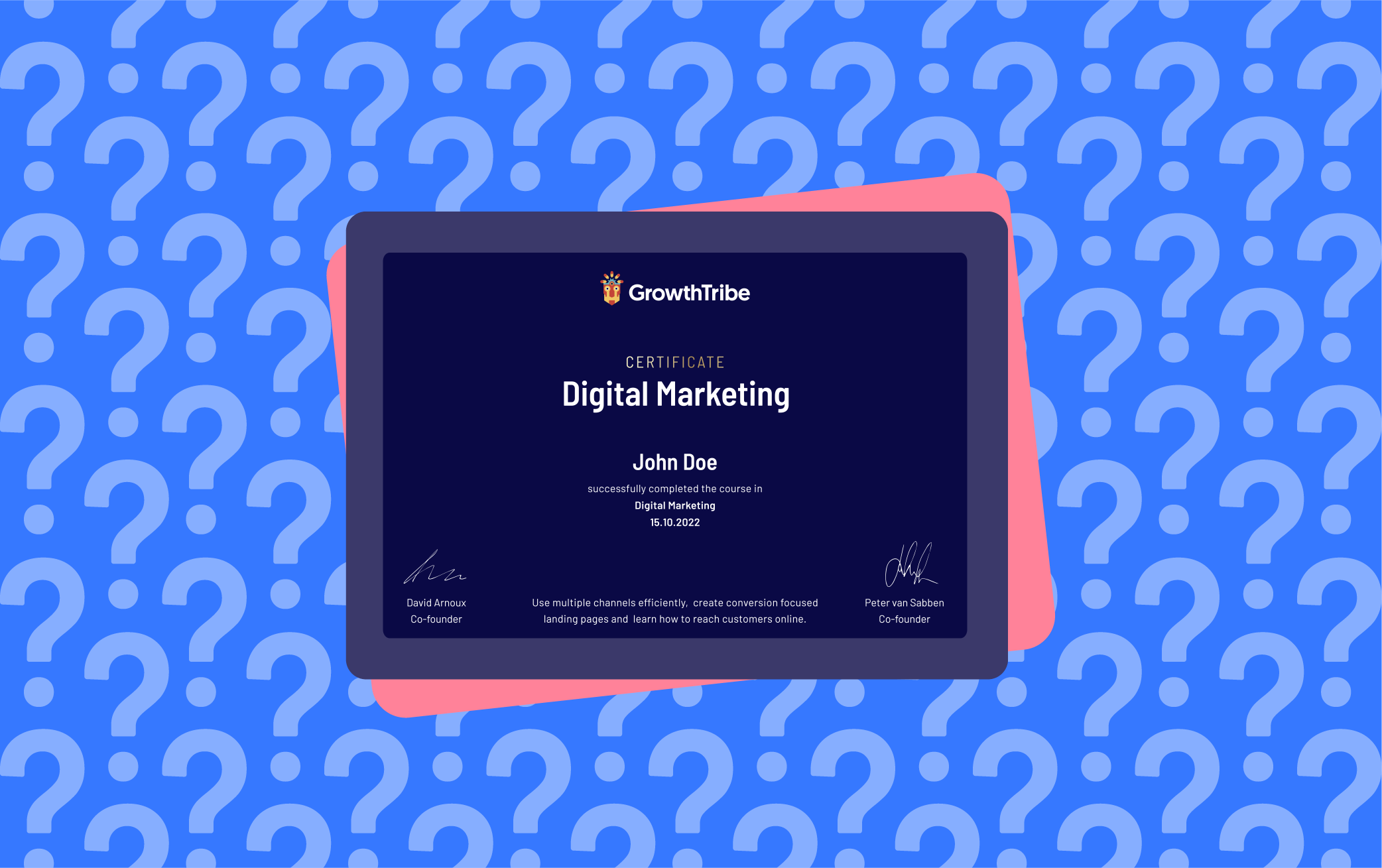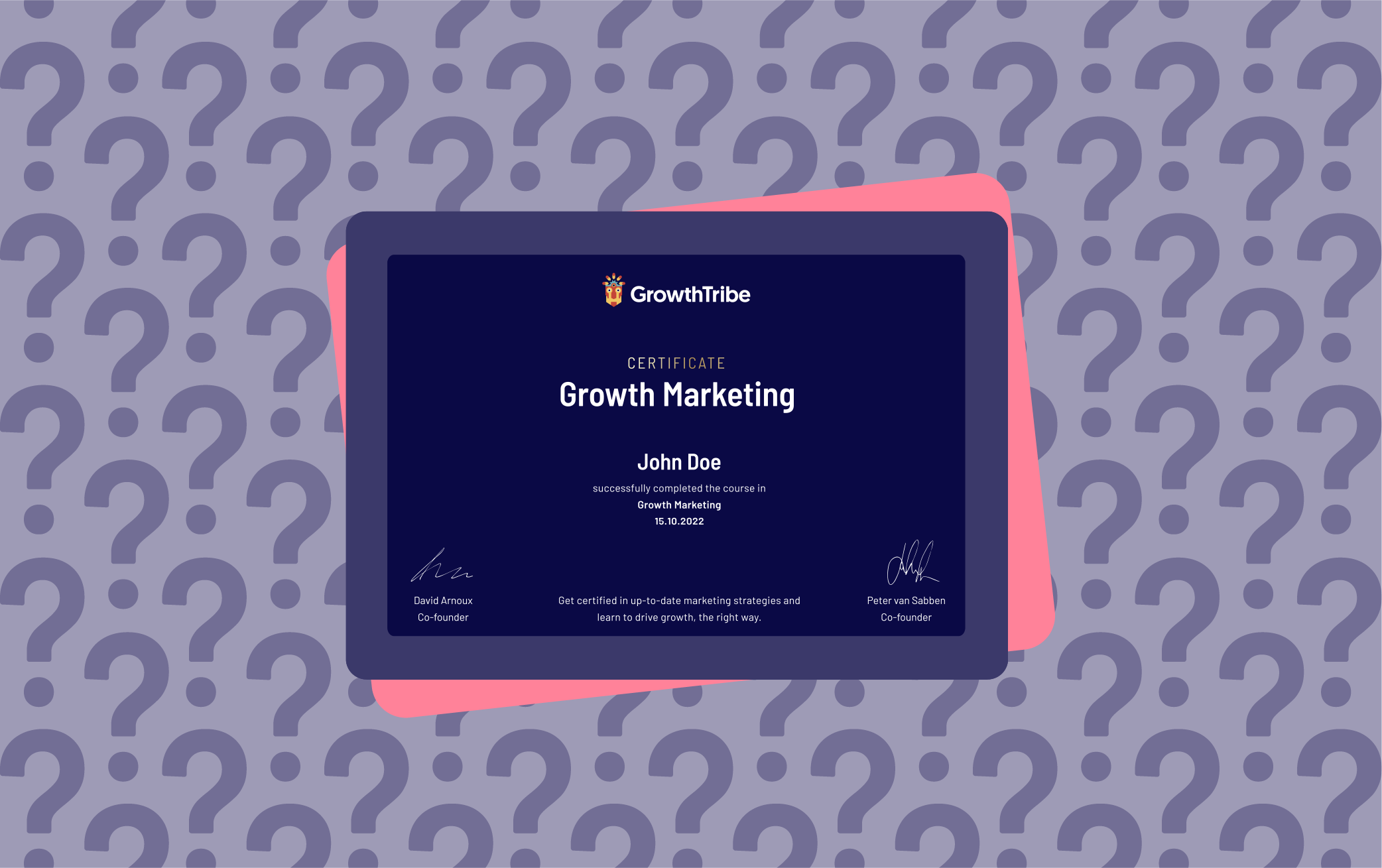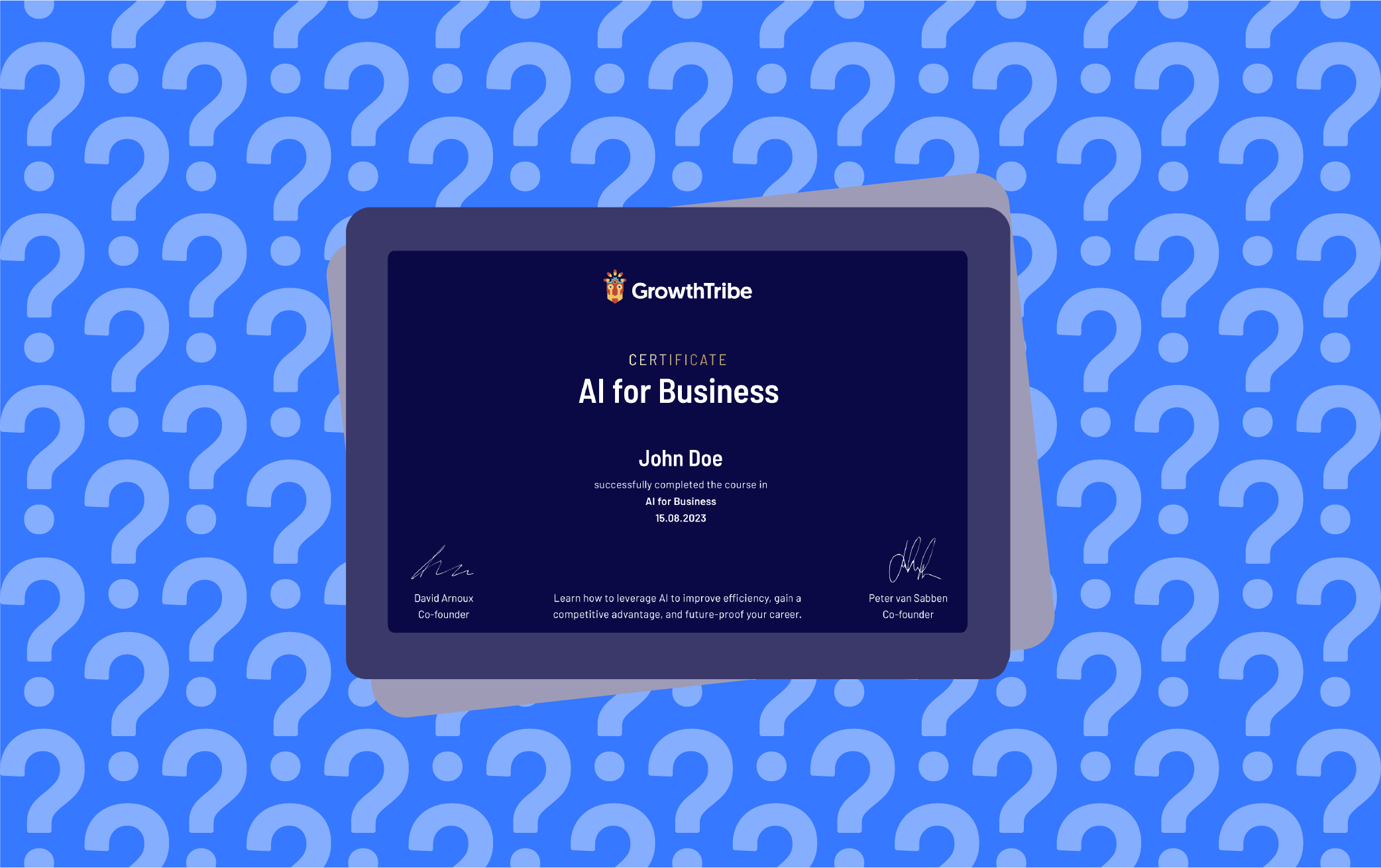Beyond Clicks: The Potential of Conversational Marketing

Wouldn’t it be great if you could pre-qualify leads and customers before they even reach the sales team? Now you can. And it’s done through a conversational marketing strategy. As soon as you make the switch to this marketing strategy, you’re putting the customer front and centre.
By taking this road, your business creates a more personal bond and a longer-lasting relationship that feels genuine rather than a sales rep.
In this beginner’s guide, we’re taking you through the steps to set up your own conversational marketing strategy.
It focuses on creating a dialogue with your customers and using real-time conversations to guide them through the buying journey.
Let’s look at the inner workings of conversational marketing strategy.
shall we?
Looking for something in particular? Skip ahead using the table of contents below:
1. Why did conversational marketing become so popular?
2. Conversational marketing tools
3. The benefits of having an active conversational marketing strategy
4. The future is now: open that dialogue
Why did conversational marketing become so popular?
Ever since Facebook began with its instant messaging and WhatsApp made its entry into the world, people have become used to its fast delivery of communication.
While email seems fast, it generally takes about 24 hours before you get a solid reply.
Sending out flyers and catalogues can be effective, but you never know if it’s being read and how many leads you get from a single batch of print materials.
With chat systems, especially those with live agents working with them, the customer knows they’ll get a response within minutes if not seconds.
While this adds a certain degree of pressure to the marketing team, especially in smaller businesses, when the marketer has to man the lines, it helps to keep an open dialogue and quickly qualify a potential lead.
The framework below shows the classic way of doing things.
(Image source: Drift)
As you can see, it’s highly passive.
There’s a lot of guesswork involved - especially if a lead bounces from the initial landing page.
Even if the cold lead fills out a form, it is then assigned to a salesperson who has no idea who this person is.
They have to build up the relationship from the ground up.
With conversational marketing, all the steps above could be solved in one active dialogue that might be finished within 20-30 minutes.
If you’re on top of your work, you even have the salesperson leading the dialogue via the above-mentioned messenger service who is then already familiar with the now warm lead.
While it may seem like a lot of work to a layperson, it actually creates more time for your sales process and marketing teams.
They’ll be receiving qualified leads increasing customer loyalty before they even make the sale.
In an age where brands try to be as human as possible, conversational marketing brings you as close as possible to that ideal.
In short, the conversational marketing approach became popular because it:
- Qualifies and converts leads with a higher success rate to speed up the sales cycle.
- Improves the customer experience and conversion rate because you offer a personalised buyer journey.
- Allows you to quickly respond to any customer issues.
- Saves money and time as ‘buckshot’ techniques such as cold calling are tossed out the window.
Conversational marketing tools
There are many ways to increase your conversational efforts in marketing.
Most of them work through tools like chatbots, messaging apps, and even live chat.
Now remember, conversational marketing isn’t necessarily about live chat only.
It’s about creating ways to communicate directly with a customer in the most personal way possible.
This style of marketing removes barriers, allowing for a more proactive approach compared to passive commercials and billboards along the highway.
Let’s look at some technology used to fuel a conversational marketing strategy to see which one might work best for your business model.
![]()
Chatbot AI and Voice Search
Artificial intelligence continues to develop every day.
While chatbots are easily identified as non-humans, they can help customers with basic questions such as “How do I ask for a refund?” or “Do you sell marketing courses?”.
The upside of these chatbots is that a customer receives helpful guidance even when the rest of the company is not available.
There doesn’t have to be an active customer service person to operate the chat.
The downside is that even though a chatbot might sound human, people know it isn’t one.
That makes it feel robotic, causing customers to not even bother with a chatbot and hit up the customer service email right away.
Let’s take a look at some examples from the field to determine whether these options are right for your business.
Slush
Real-time FAQ support which has some really positive results according to the company’s website.
Their ‘Jenny’ chatbot provided successful answers to 64% of incoming questions during an event they organised.
That is a whopping 128.000 from a 200.000 sample.
Can you imagine the time and money you’re saving with this?
Facebook Messenger for Business
You don’t always have to program your own chatbot.
With a little fiddling in the settings, you too can easily set up an AI chatbot on your Facebook business page.
You’ll notice that most brands that employ conversational marketing use bots to prevent you from having to fill in tedious forms.
A good example is that of Dominos, where you can order a pizza without having to have a single employee present.
The suggestions make the chat even easier, allowing a customer to follow preset responses to avoid having to type.
eBay’s Assistant App
According to Google, 62% of those who use voice search are positive about buying something through their voice-activated speaker in the near future.
Voice search is another upcoming technology that will fit in neatly with a conversation marketing strategy.
Think of tech like Siri or Alexa, where customers can buy things without lifting a finger.
eBay leveraged this tech and allows integrated search patterns using voice input by stating “Okay Google, ask eBay to find…”, and you’ll be prompted with several follow-up questions to define your search.
A quick overview is sent to your smartphone and you get a package underway to your home address.
The benefits of having an active conversational marketing strategy
People love talking. It’s true.
That’s because it’s fun, interactive, and playful.
Whether you’re offering a customer live chat or active voice commands, they’ll feel more inclined to participate because there is interaction.
There’s no passive landing page or a painful form to fill out.
While it takes a certain level of commitment to maintain a conversation with your customer, the benefits definitely outweigh the drawbacks, leading to a larger customer base and more loyal customers.
Open rates and clicks increase x6
That’s right. Hubspot experimented with Facebook Messenger bots in 2021 and saw their open rates and clicks skyrocket.
Even apps like WeChat and WhatsApp are now fully functional for businesses.
A recent example is Picnic which uses WhatsApp to refund products that are faulty within mere minutes.
No lengthy phone call waiting in line only to hear some annoying elevator music while you watch your minutes drain.
The annoyance of waiting for support tickets is long gone.
Customer relationships flourish
How often have you been browsing social media on your phone only to receive a push notification, giving you exactly what you need?
Clicking it leads you into automated conversations with a human tone that guides you to your future purchases.
And if a salesperson needs to step in, they can easily join the chat.
Collect data while conversing.
Filling in forms can be tedious, and marketers know this.
Often, you’ll receive a ‘filled in’ form with many blanks because they weren’t mandatory.
Time is precious.
But while you’re conversing with a customer through a chat system, whether this is live or automated, you can pick data along the way.
Connect a CRM tool to it and you’ve got yourself plenty of data.
Pre-qualify leads before they enter the sales funnel.
By having a chat with your prospect, it becomes much easier to identify whether they are an ideal client or just browsing.
You can save your sales team a lot of time that they can use to focus on the warm leads instead.
It shortens the sales cycle and allows for a more premium experience for those who match what your brand offers.
The future is now: open that dialogue
There’s no reason for you to say ‘no’ to a conversational marketing strategy.
Your potential customers become more digitally savvy each day and your team needs to keep up.
You don’t need to do everything at once but start experimenting with one of the platforms.
Give Facebook Messenger a try or opt for WhatsApp Business.
Millions of businesses around the world actively use both.
It might take some time to set up, but once it’s all in place, you’ll have a striking sales funnel that’ll dazzle your competitors.
![]()
FAQ
1. What is a conversational strategy?
Instead of passively answering customer service queries or emails, you are now being addressed through conversational engagement. You begin with opening active dialogues with customers. Some will be with live agents, others with AI. With each conversation, you retrieve valuable data from that person and allow them to have a completely personalised customer journey. Instead of posting flyers or sending out emails, you’re now using apps such as Facebook Messenger, WhatsApp, or even voice command AI such as Siri or Alexa.
2. What is an example of conversational marketing?
Good question! As we discussed at the beginning, conversational marketing is more than just a chatbot. That doesn’t take away the fact that a good example would be the use of a lead-generation chatbot. A customer signs up to your Facebook page and they get a pop-up message in their Messenger from the chatbot. From there, they can select what they want and are shoehorned into the sales funnel. Your team picks up useful data along the way and the happy customer leaves with a product in hand.
3. Why is conversational marketing relevant?
Because it strengthens the relationship you can build with your ideal target group. Meaningful conversations add humanity to your brand, making them a friend rather than a sleazy salesperson. Conversational experience continues to develop every day.
4. How does conversational marketing enhance customer interactions?
Conversational marketing revolutionises customer interactions by fostering meaningful dialogues rather than one-sided communication. Through platforms like Facebook Messenger or WhatsApp, businesses engage with customers in real-time, providing personalised experiences. Whether through AI-driven chatbots or live agents, conversational marketing allows for tailored responses, gathering valuable data, and nurturing relationships with customers at every touchpoint.
5. What role does conversational marketing play in modern digital strategies?
Conversational marketing serves as a cornerstone in contemporary digital strategies by prioritising two-way communication and personalised engagement. Unlike traditional approaches reliant on mass emails or passive advertisements, conversational marketing leverages channels like chat software or voice assistants to create authentic experiences. By focusing on individual customer inquiries and feedback loops, businesses can build trust, drive conversions, and adapt their strategies in real time to meet evolving customer needs.
Categories
- Business & Innovation (89)
- Growth & Marketing (66)
- Data & Analytics (29)
- Alumni Stories (11)
Related articles
Watch related webinar
How To Fix a ChatGPT Network Error Code
.png)
Latest articles
Agile Decoded: Answering 11 Key Questions on Agile Marketing
It's time for an agile approach! Stemming from the principles of...
The Top 11 Questions About our Digital Marketing Course Answered
I know you are probably googling around digital marketing...
The Top 11 Questions About our Growth Marketing Course Answered
Curious about our Growth Marketing Course? Wondering how it can...
AI in Business: Your 11 Essential Questions Answered
Artificial intelligence (AI) has emerged as a game-changer for...

Watch related webinar
How To Fix a ChatGPT Network Error Code
.png)













